Archaeologists in Alabama have discovered the longest known painting created by early Native Americans, according to a new study. Native Americans created this unprecedented 1,000-year-old image of a 10-foot-long (3-meter) rattlesnake, as well as other paintings, with mud on cave walls and ceiling, likely depicting spirits from the underworld, the researchers said.
The cave has hundreds of cave paintings and is considered the richest site for Native American rock art in the southeastern United States, the researchers said. To investigate its historical art, the team turned to photogrammetry, a technique that involves taking hundreds of digital images to build a virtual 3D model. Using this method, the researchers detected five previously unknown giant cave paintings, known as glyphs.
“This methodology allows us to create a virtual model of space that we can manipulate,” study first author Jan Simek, Distinguished Professor in the Department of Anthropology at the University of Tennessee, told Live Science. “In this particular case, the ceiling of the cave is very close to the ground. So your field of view is limited by your proximity to the ceiling. We never saw these very large images because we couldn’t go back far enough to see them.” them.”
After creating the virtual model, “we could look at it from a broader perspective,” he said. “It allows us to see things in a way that we can’t see in person.”
Related: The oldest cave art in the world, including the famous hand stencils, is being erased by climate change
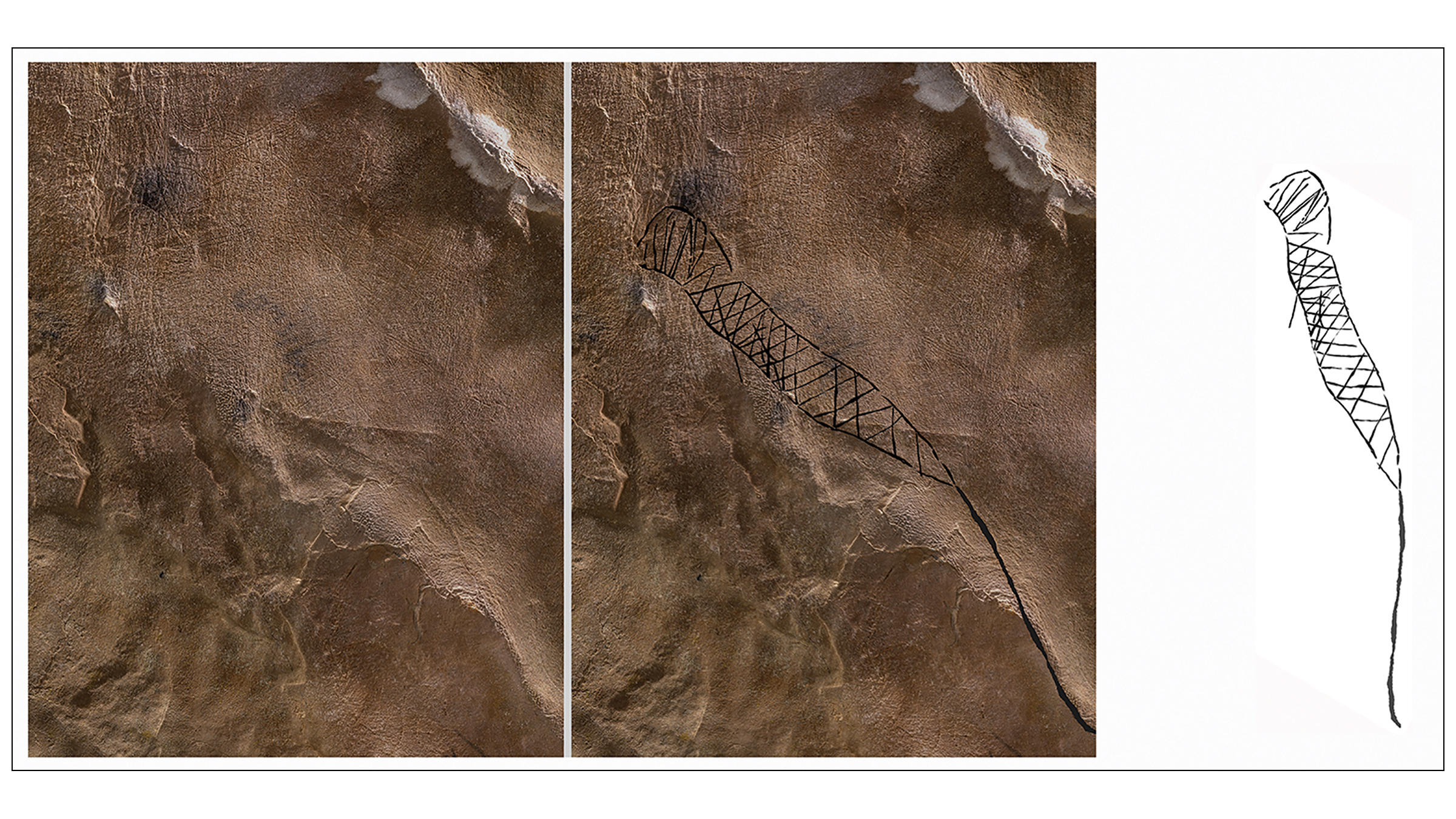
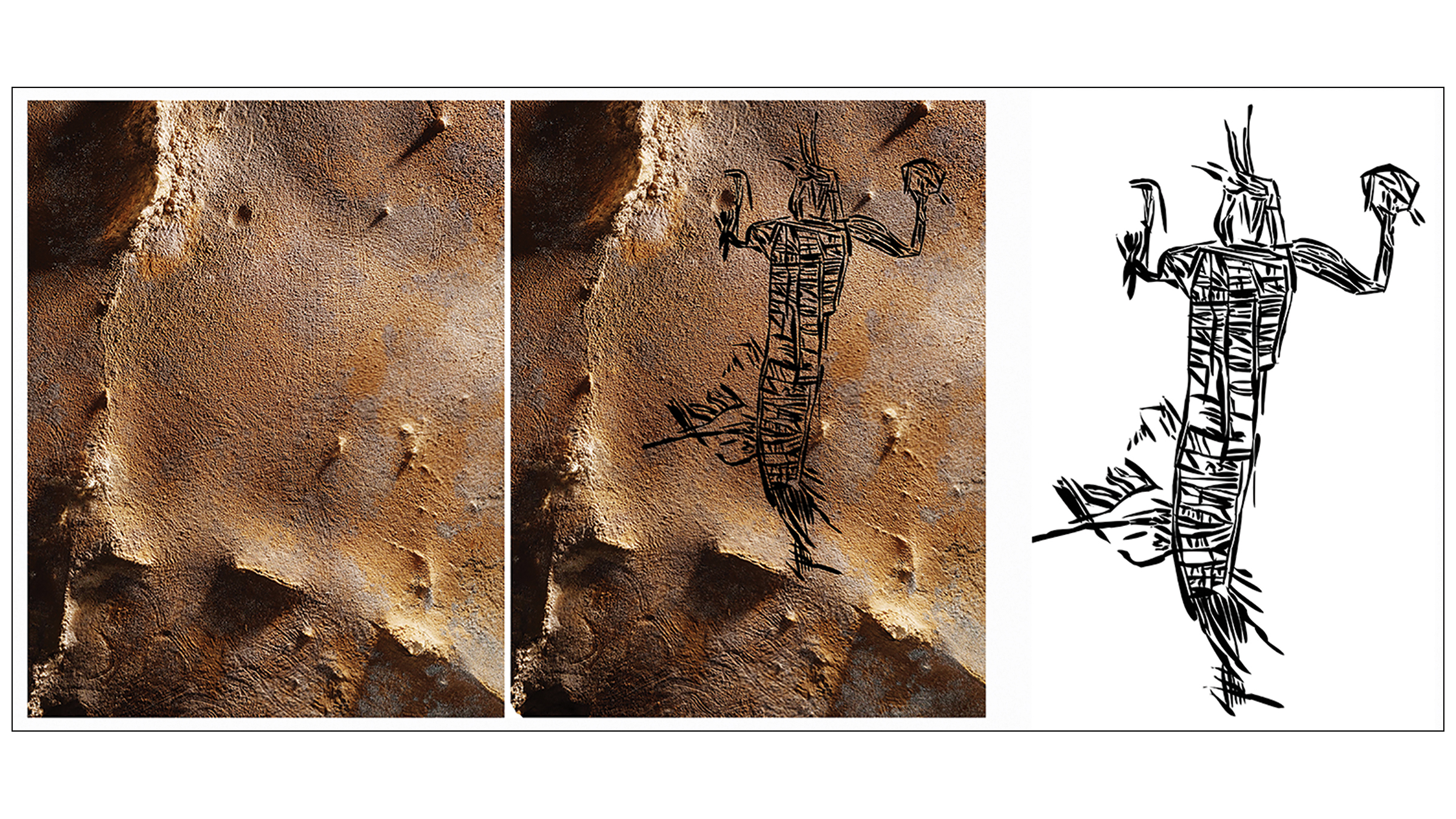
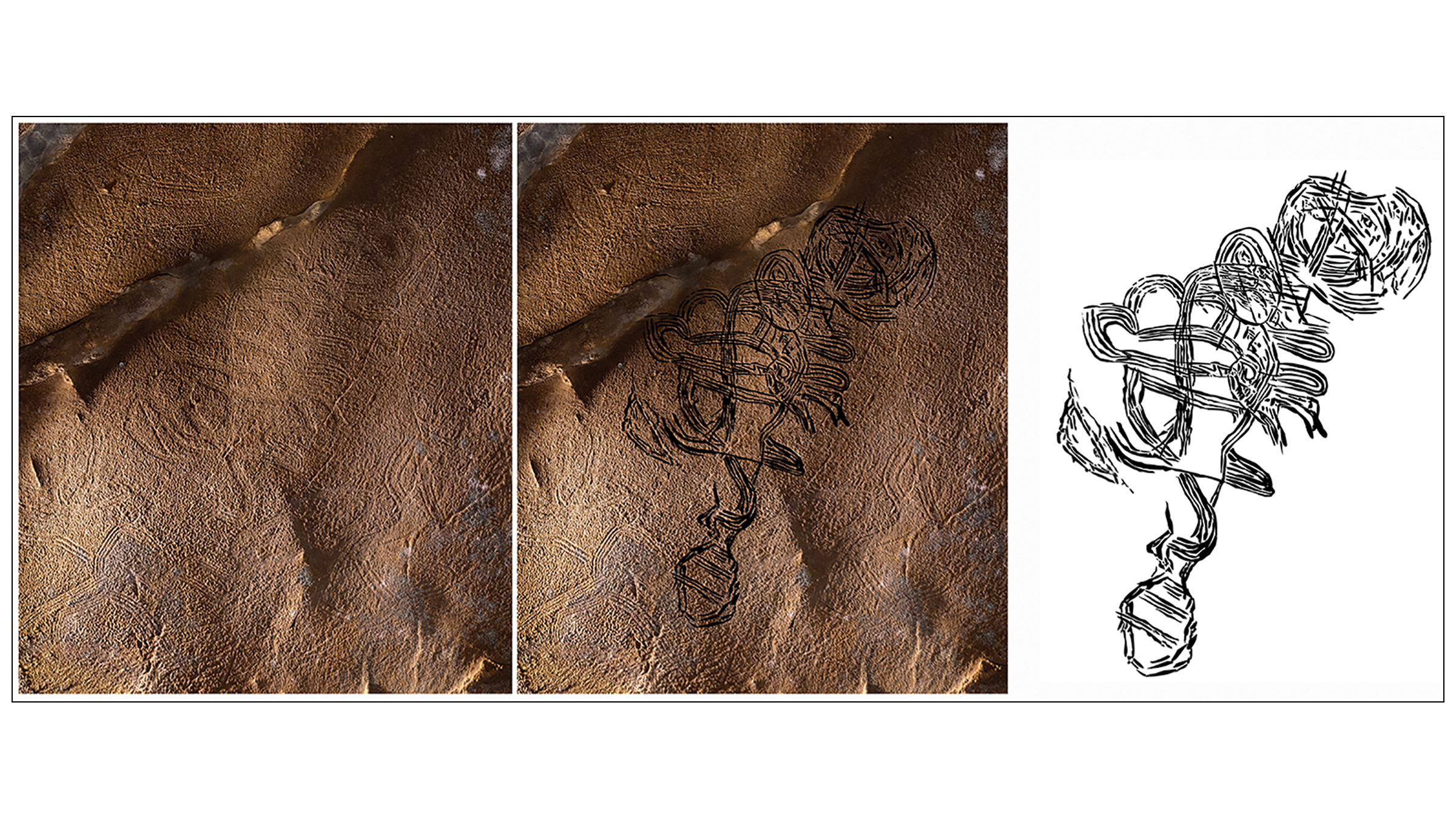
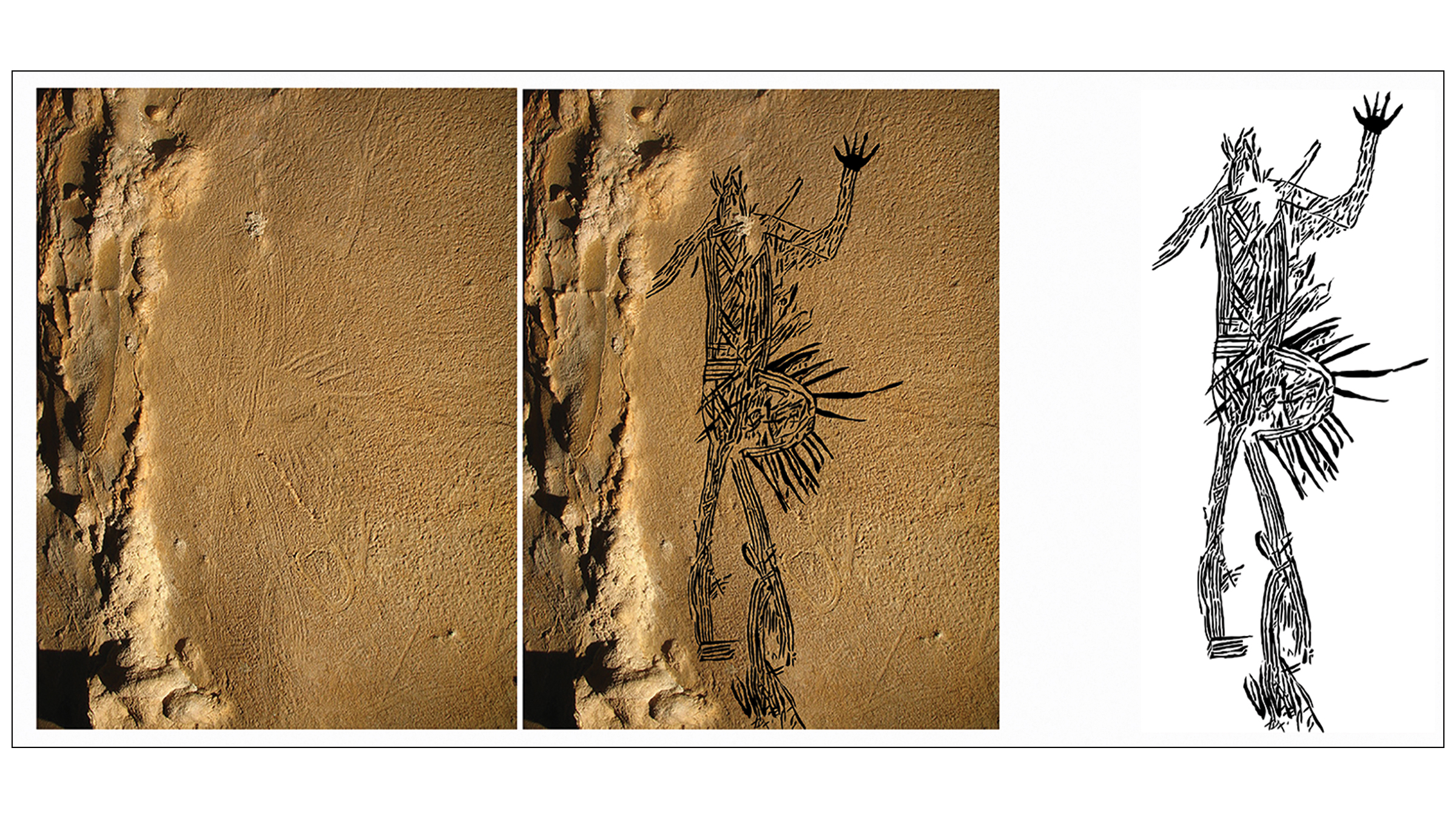
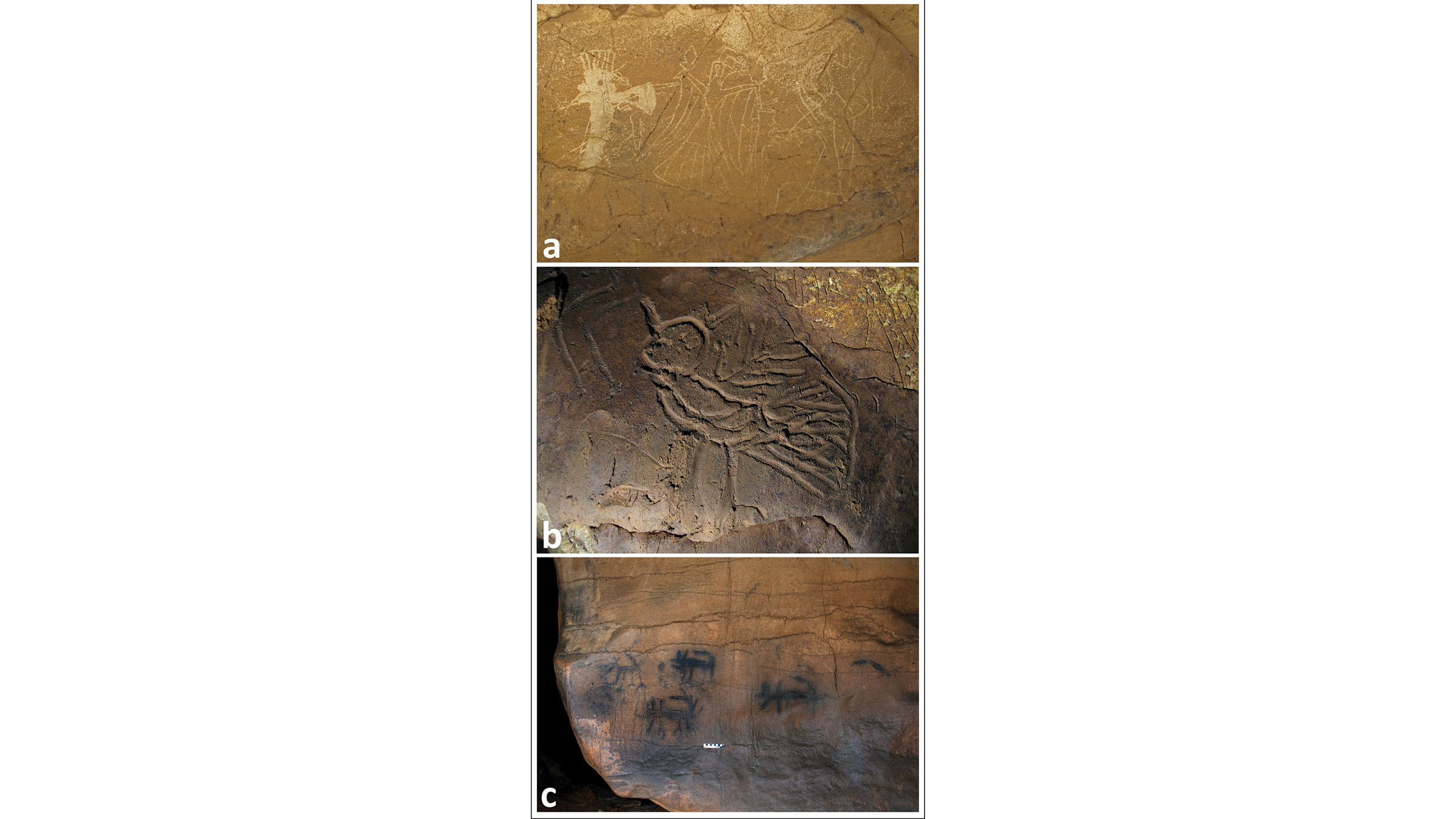
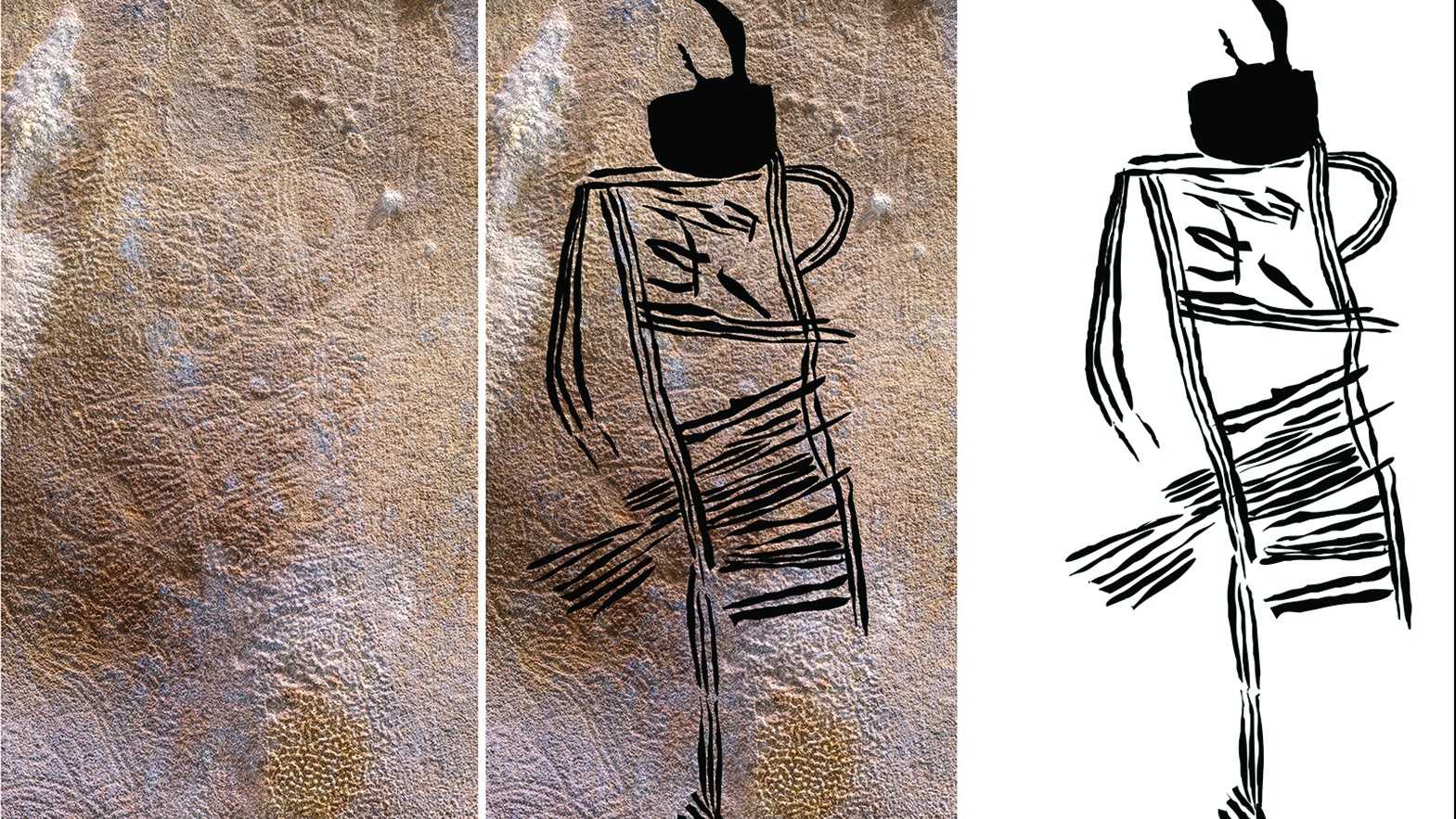
The record-setting glyph sports a diamond pattern, indicating that it may represent a diamondback rattlesnake (Crotalus atrox), a creature considered sacred by indigenous peoples of the American Southeast, the researchers said. These peoples built large earthen mounds, used for a variety of purposes, including rituals according to Smithsonian magazine, and to be closer to the spirits of the upper world, while caves were considered to be the opposite: routes to the underworld.
“These are special because until now, we haven’t had big names from this area,” Simek said. “And that changes our perspective on what might be in these caves.” For example, there are similarly large rock art images made by indigenous peoples in the western USA, although these glyphs are not found in caves, he said. “It brings southeastern rock art into the discussion of other monumental images that we see in different parts of North America,” Simek noted.
This cave was first discovered in 1998 and remains unnamed, nicknamed “19 unnamed caves” to protect the discoveries. The cave contains more than 5 kilometers (3 miles) of underground passages with most of the paintings discovered in one large chamber, according to a 1999 study published in the journal. southeastern archeology. By continuing to use photogrammetry techniques on Unnamed Cave 19 and others, the team hopes to further improve understanding of Native American art.
The study will be published online Wednesday (May 4) in the journal Antiquity.
Originally published on Live Science.
